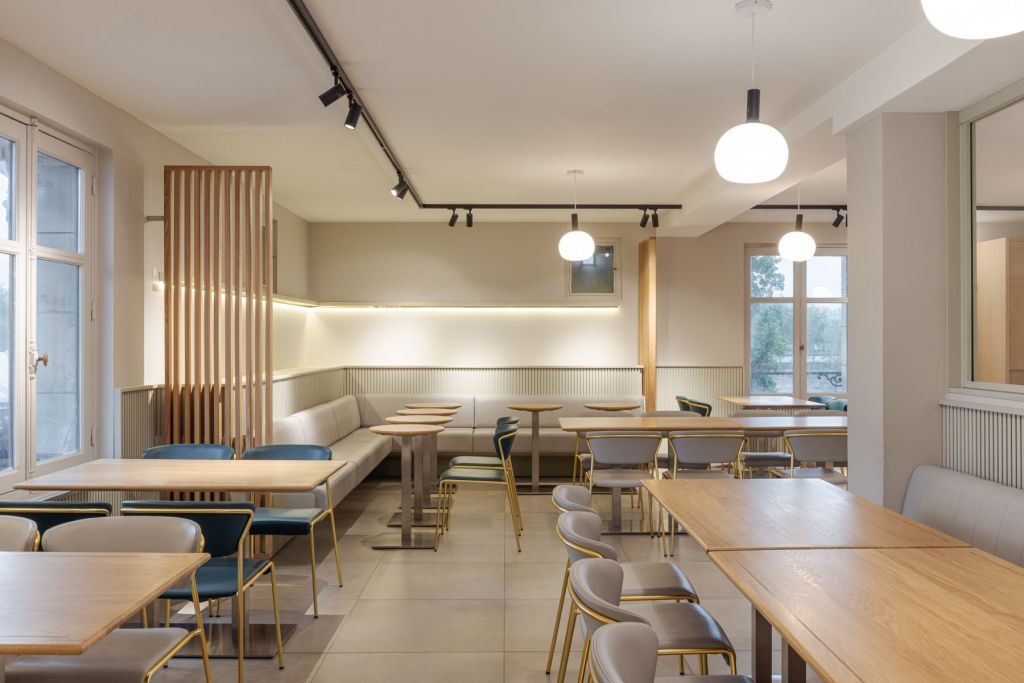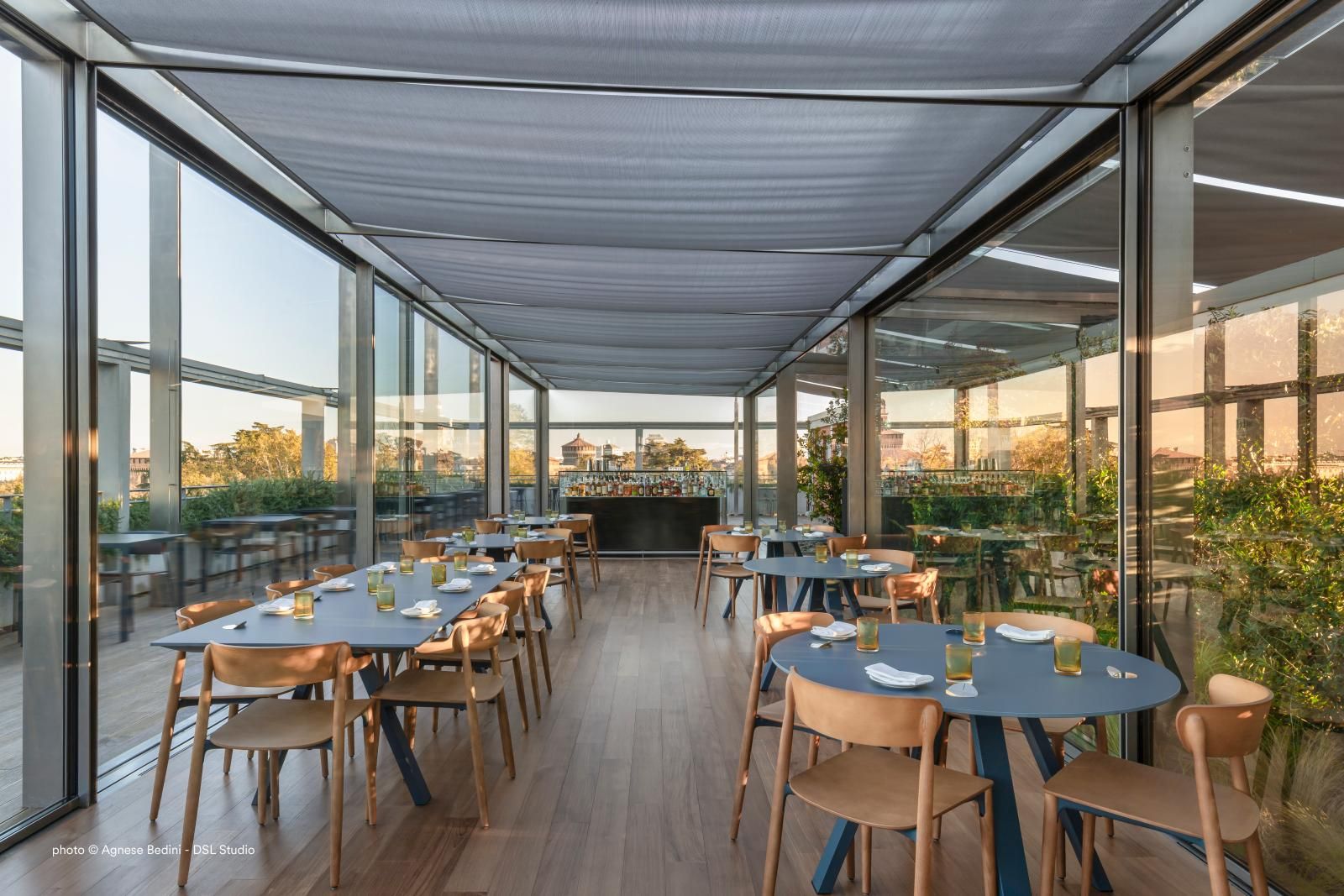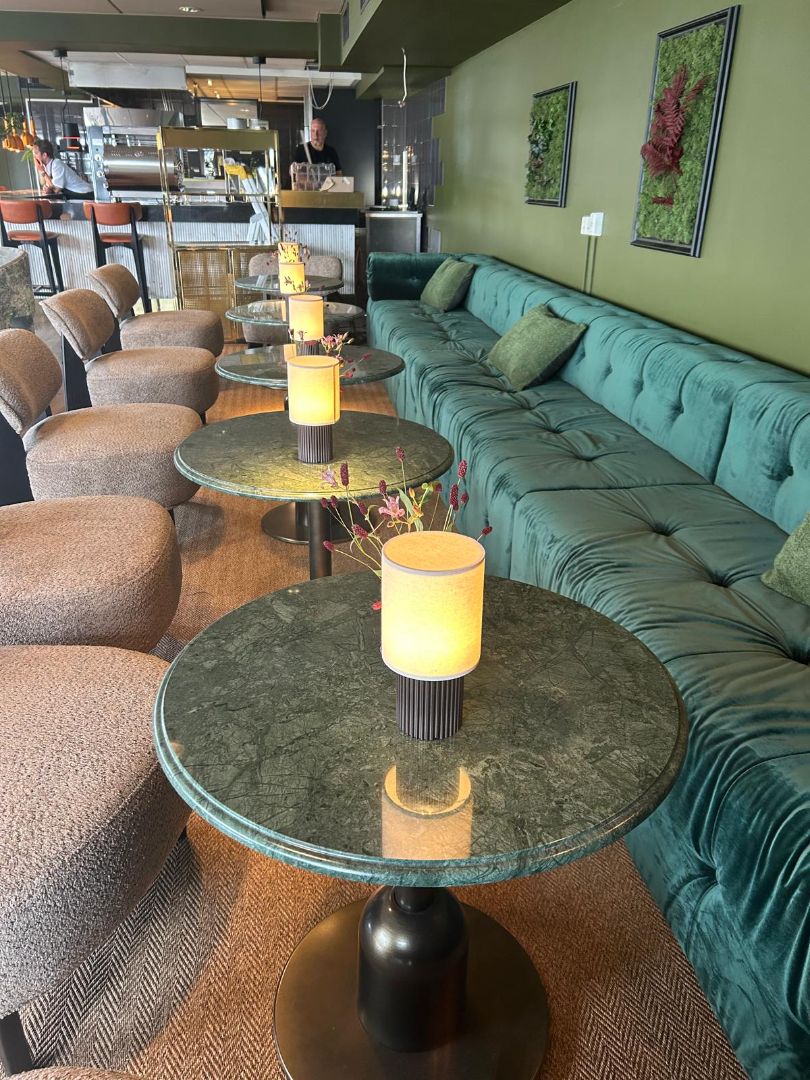Ergonomic Principles in Choosing Tables for Restaurants
Ergonomics plays a key role in creating a comfortable space for restaurant guests and ensuring the smooth operation of the staff. Choosing the right tables for a restaurant is one of the most important elements that affect customer satisfaction and the functionality of the establishment. What ergonomic principles should be considered when selecting tables?
Comfortable tables for restaurants: height and space

The primary consideration is the appropriate height of the table. Standard restaurant tables are typically 72 to 76 cm high, ensuring comfort for people seated on chairs as well as on modular sofas. A table that is too low can cause discomfort, especially during prolonged sitting, while one that is too high may make it difficult to use comfortably. The right table height also allows easy access to food and drinks, directly contributing to guest satisfaction.
An essential aspect of ergonomics is also ensuring adequate space around the tables. Walkways between tables should be at least 70–80 cm wide, allowing guests to move freely within the restaurant and enabling waitstaff to efficiently serve customers. Such an arrangement promotes comfort for both patrons and restaurant employees.
The shape and base of the table

Many restaurants opt for tables with a single-leg base. This design significantly enhances ergonomics because a single leg does not limit legroom for guests, enabling comfortable seating from any side of the table. It also simplifies space organization—such tables can be easily combined to create larger surfaces for bigger groups. Single-leg restaurant tables are not only functional but also aesthetic, fitting seamlessly into both modern and classic interiors.
The shape of the tabletop is another important consideration. Round tables promote better communication among guests, while rectangular and square tables are easier to arrange in various configurations, providing greater flexibility in furniture layout.
How to Choose Ergonomic Restaurant Tables? Materials and Stability

The materials used to make tables also impact ergonomics and functionality. Tables should not only be visually appealing but also easy to maintain. Popular choices include tables with tops made of HPL laminate or melamine, which are scratch-resistant and easy to clean, making them ideal for high-traffic restaurants. A wide range of designs allows for customization to match any interior.
Another crucial element when choosing restaurant tables is the stability of the base. Especially in the case of single-leg tables, a well-balanced, sturdy base made of heavy metal, stainless steel, or cast iron ensures both stability and user comfort. Such designs minimize the risk of table wobbling, even on uneven floors. To further enhance stability, it is advisable to choose models equipped with adjustable feet. This practical solution allows for quick and easy adjustment of the base height to accommodate floor irregularities.
Ergonomic Restaurant Tables - Summary
Ergonomics in selecting restaurant tables is a key factor influencing the overall customer experience. Appropriate height, adequate spacing, stability, and the choice of a single-leg table are aspects worth considering. This approach helps create a comfortable and functional space that ensures the satisfaction of both guests and staff, contributing to positive impressions from visits to the restaurant.

